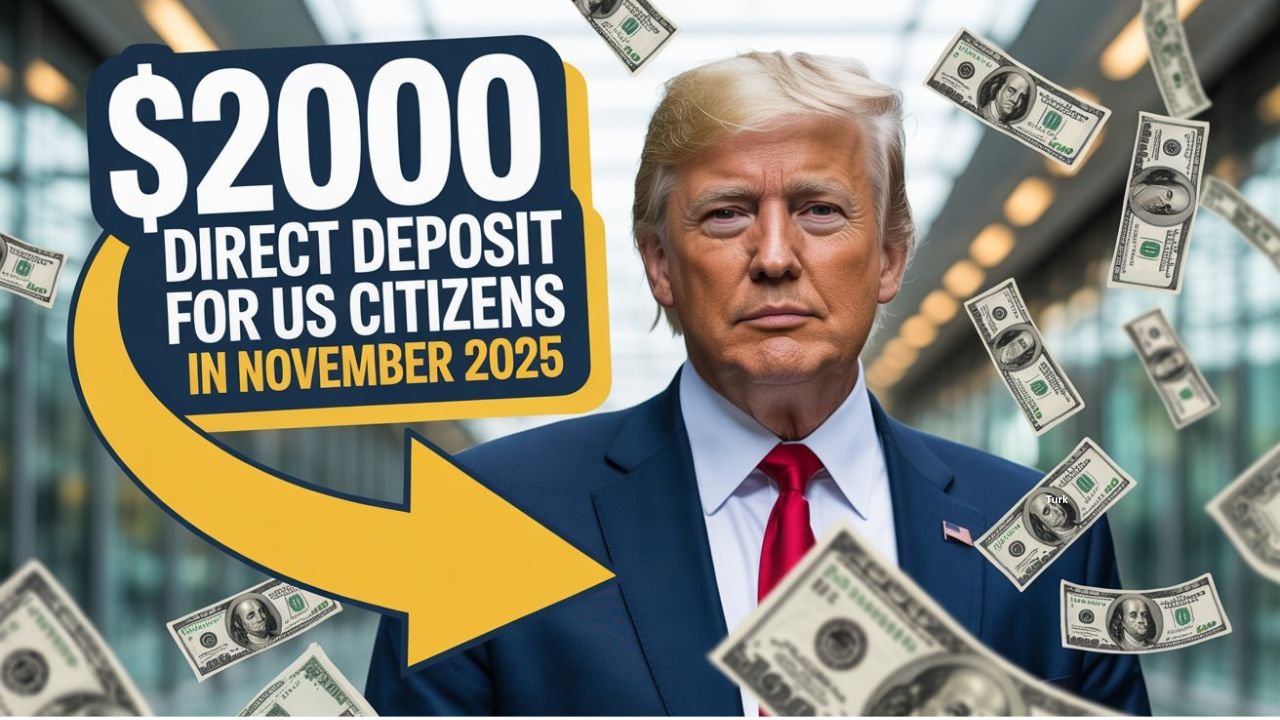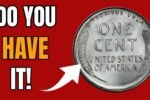Good news may be on the way for millions of Americans as reports of a $2,000 direct deposit payment continue to make waves this November 2025. Designed to provide financial relief amid rising living costs, the program aims to support working-class citizens, seniors, and low-income households. Here’s everything you need to know — including eligibility criteria, expeLibrarycted payment dates, and the steps to follow for smooth processing through the IRS.
Overview of the $2,000 Direct Deposit
The $2,000 payment is part of an ongoing federal relief effort aimed at stimulating the U.S. economy and helping citizens cope with inflation, rising food costs, and rent pressures. While it’s not classified as a “stimulus check” in the traditional sense, it functions similarly by providing one-time direct financial support.
Payments are expected to be sent through the IRS’s direct deposit system — the same method used for prior relief checks and tax refunds. Those without direct deposit information on file may receive paper checks or prepaid debit cards by mail.
Lincoln Wheat Penny Valued at $950,000 – How to Identify Rare and Valuable Pennies
Eligibility Requirements
Eligibility for the November 2025 $2,000 payment is determined based on income level, tax filing status, and residency. Here’s a breakdown:
- Citizenship: Must be a U.S. citizen or legal resident.
- Tax Status: Must have filed a 2023 or 2024 federal tax return.
- Income Limits:
- Single filers earning up to $75,000 annually.
- Married couples filing jointly earning up to $150,000.
- Heads of household earning up to $112,500.
-
Dependents: Families with dependents may receive additional consideration.
-
Social Security & SSI Recipients: Eligible beneficiaries will automatically receive payments if they qualify under the income threshold.
Those who haven’t filed taxes but meet income and residency requirements may need to submit a simplified tax return or update their details on the IRS portal.
Expected Payment Dates
According to the latest IRS schedules, direct deposits are expected to begin in mid-to-late November 2025. Paper checks may take a few weeks longer.
Tentative payment schedule:
-
Direct Deposit: November 15–25, 2025
-
Paper Checks: November 25–December 10, 2025
-
Prepaid Debit Cards: Distributed by December 15, 2025
Recipients can track their payment status through the IRS’s “Get My Payment” online tool once it becomes active.
How to Receive the Payment
To ensure you receive your $2,000 payment without delays, follow these steps:
-
Check Your IRS Information: Make sure your direct deposit details and mailing address are current.
-
File Any Pending Tax Returns: If you haven’t filed for 2023 or 2024, submit as soon as possible to confirm eligibility.
-
Use the IRS Portal: Once available, log in to verify payment status or update information.
-
Avoid Scams: The IRS will not call, text, or email you asking for payment details — beware of fraud.
Tax Implications
The $2,000 direct deposit is considered non-taxable relief income, similar to previous stimulus payments. It won’t reduce your tax refund or increase your tax bill for the following year.
FAQ: $2,000 Direct Deposit in November 2025
Q1: Who qualifies for the $2,000 direct deposit payment?
A: U.S. citizens and legal residents who filed 2023 or 2024 tax returns and meet income limits under $75,000 (single) or $150,000 (joint) are eligible.
Q2: Do Social Security recipients get this payment automatically?
A: Yes. Those receiving SSI, SSDI, or Social Security retirement benefits will automatically receive the payment if they qualify.
Q3: When will payments start?
A: Direct deposits are expected between November 15 and November 25, 2025. Paper checks may take until mid-December.
Q4: Is this payment taxable?
A: No, the $2,000 direct deposit is non-taxable and won’t affect your refund or benefits.
Q5: What if I didn’t file taxes recently?
A: You may need to file a simplified return or update your information on the IRS website to receive your payment.
Q6: How do I check my payment status?
A: Use the IRS’s official “Get My Payment” tool once it becomes active in November 2025 to track the deposit or mailing status.
Q7: Can I get the payment by check instead of direct deposit?
A: Yes, if you don’t have direct deposit details on file, the IRS will mail a paper check or prepaid debit card.






